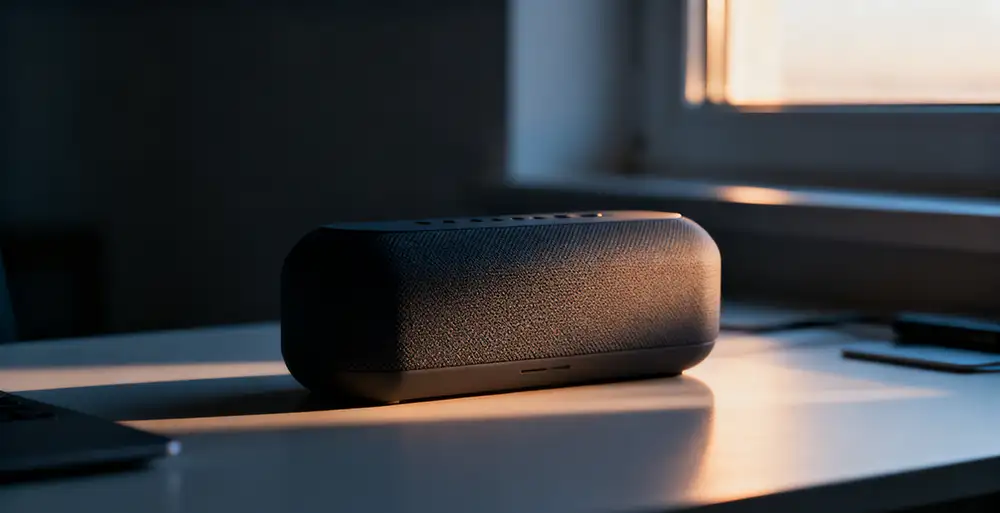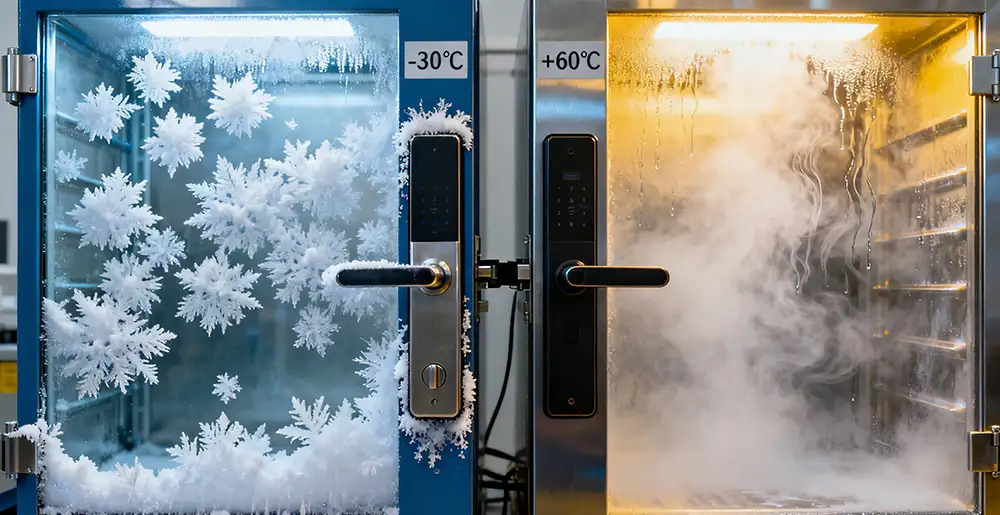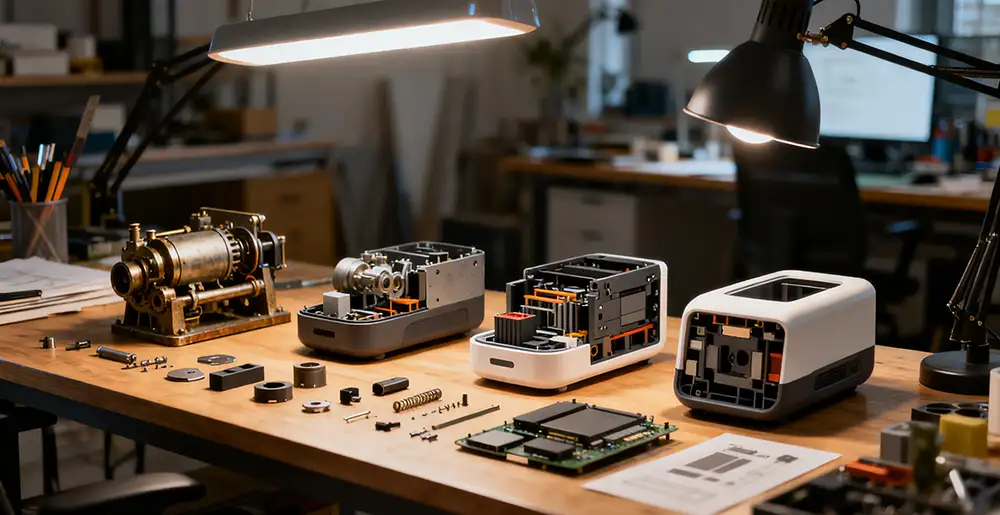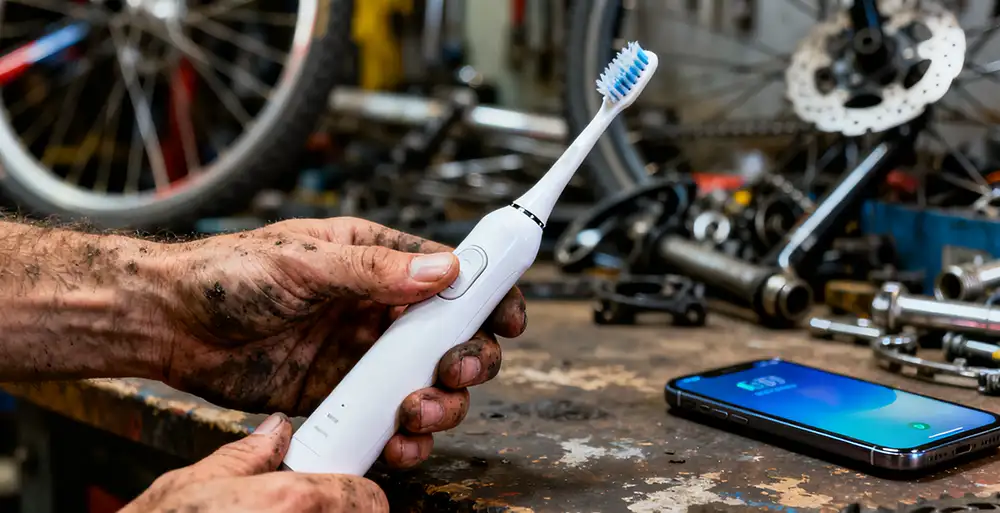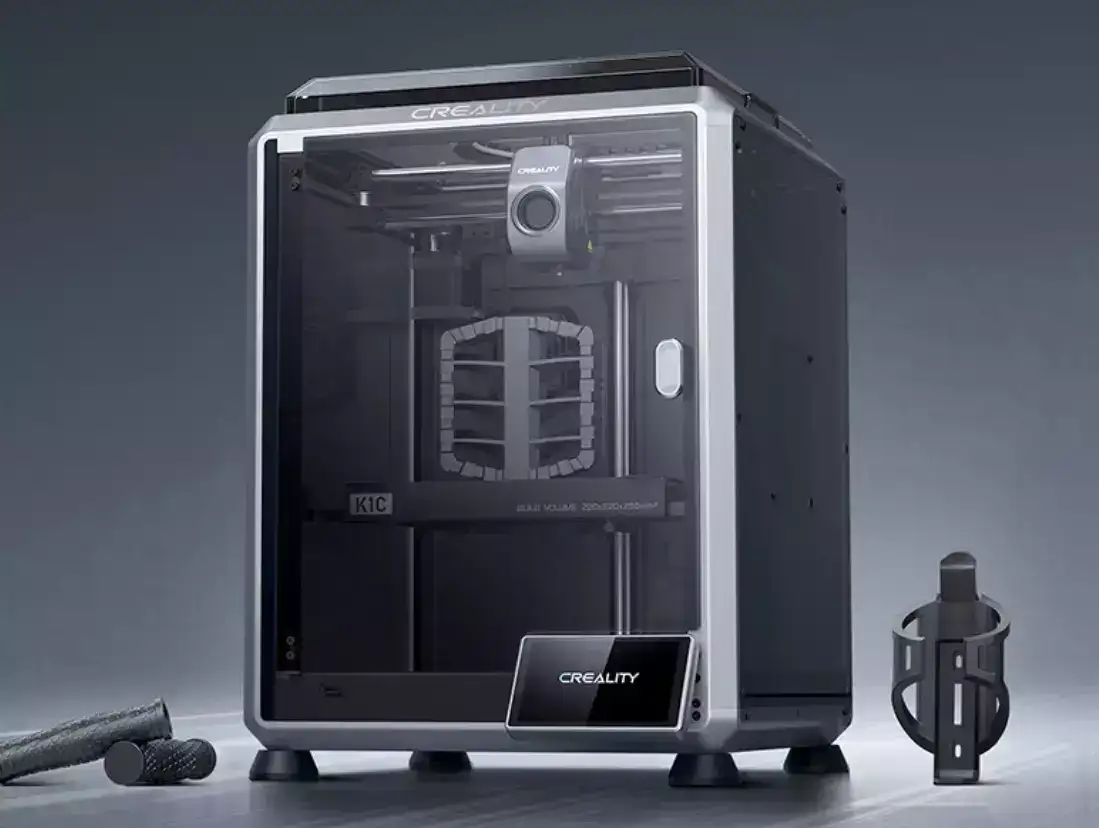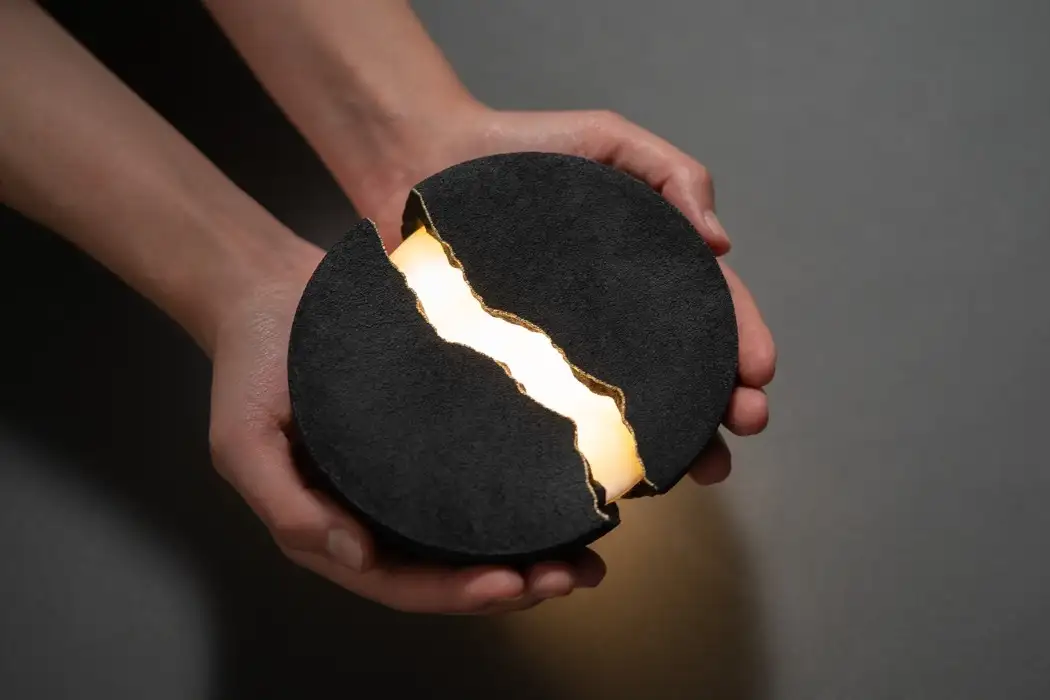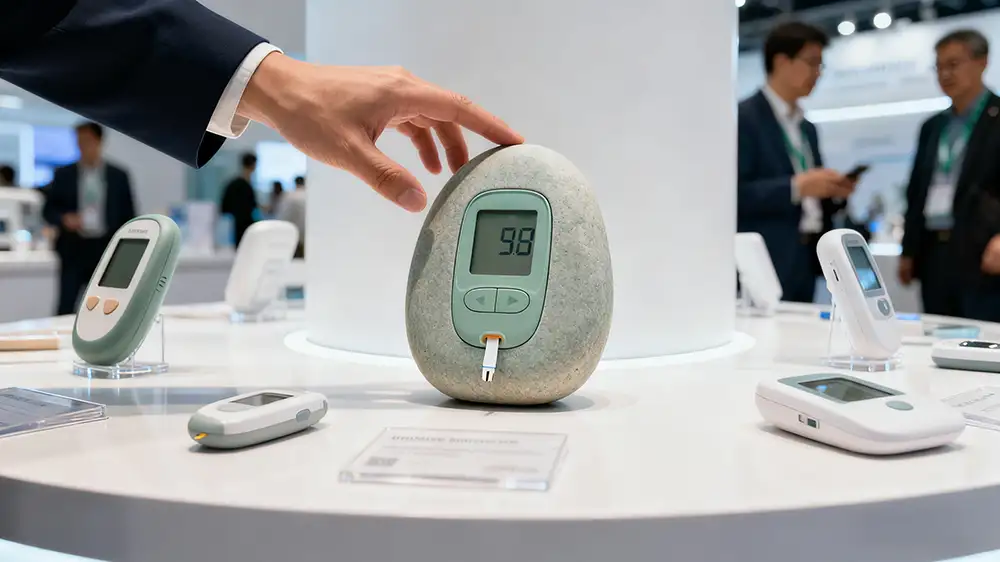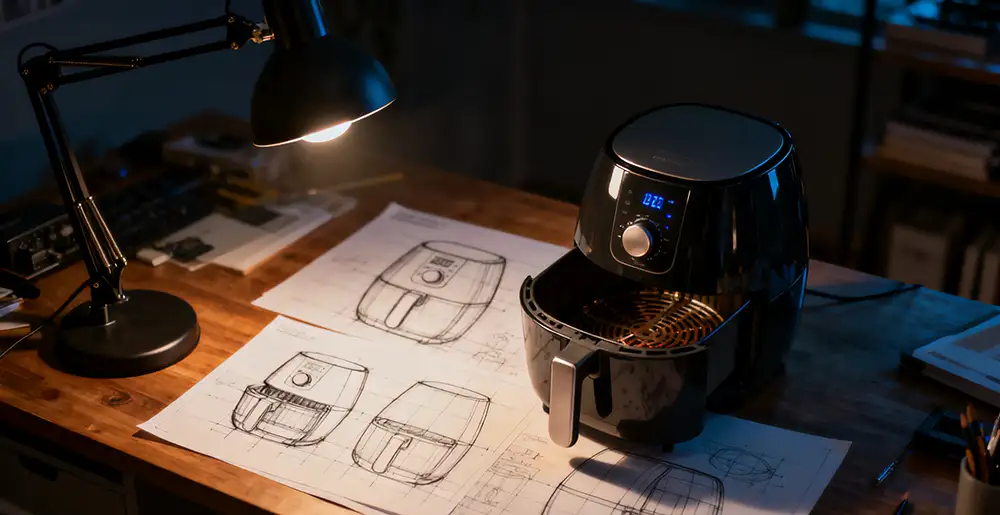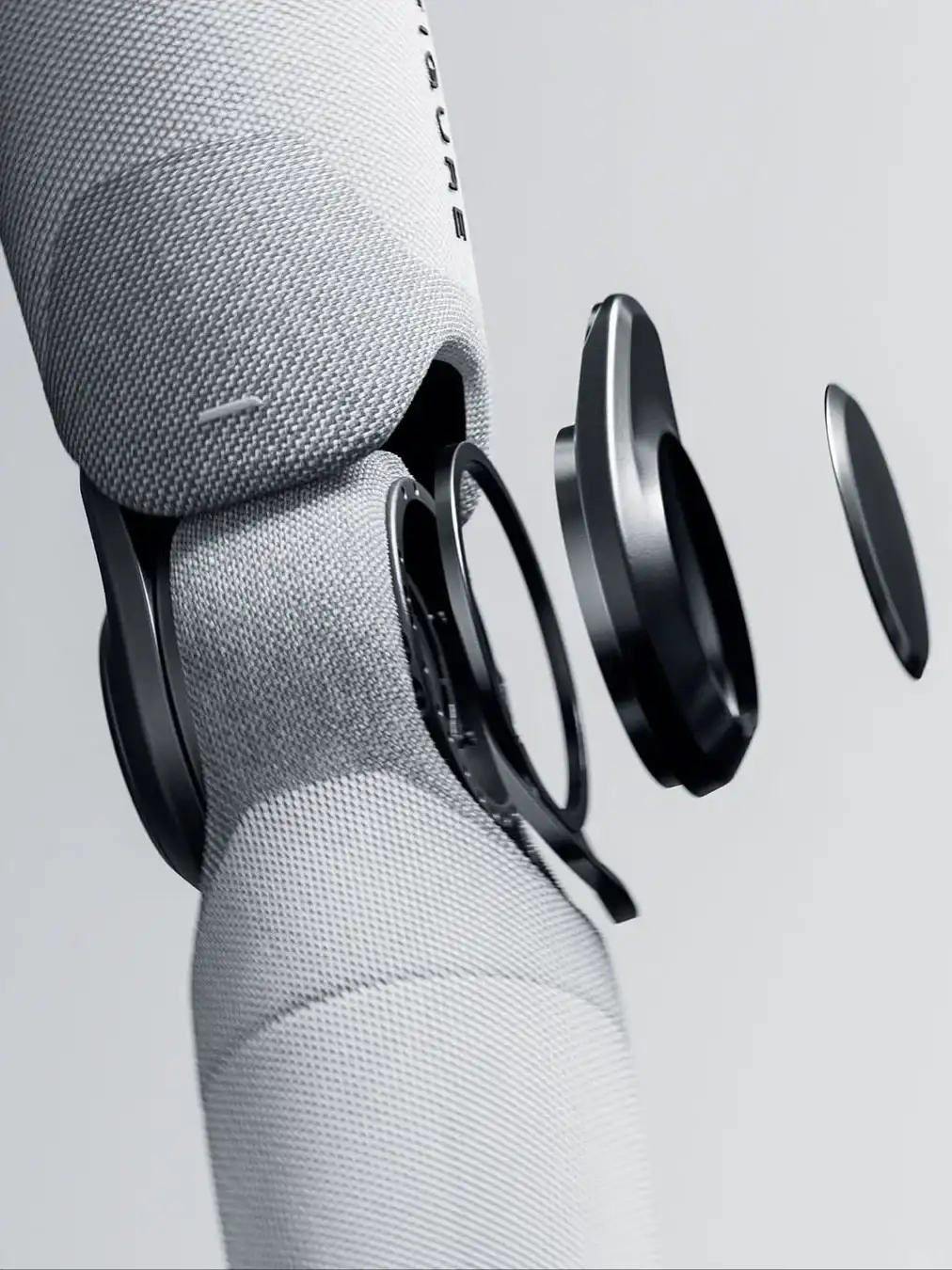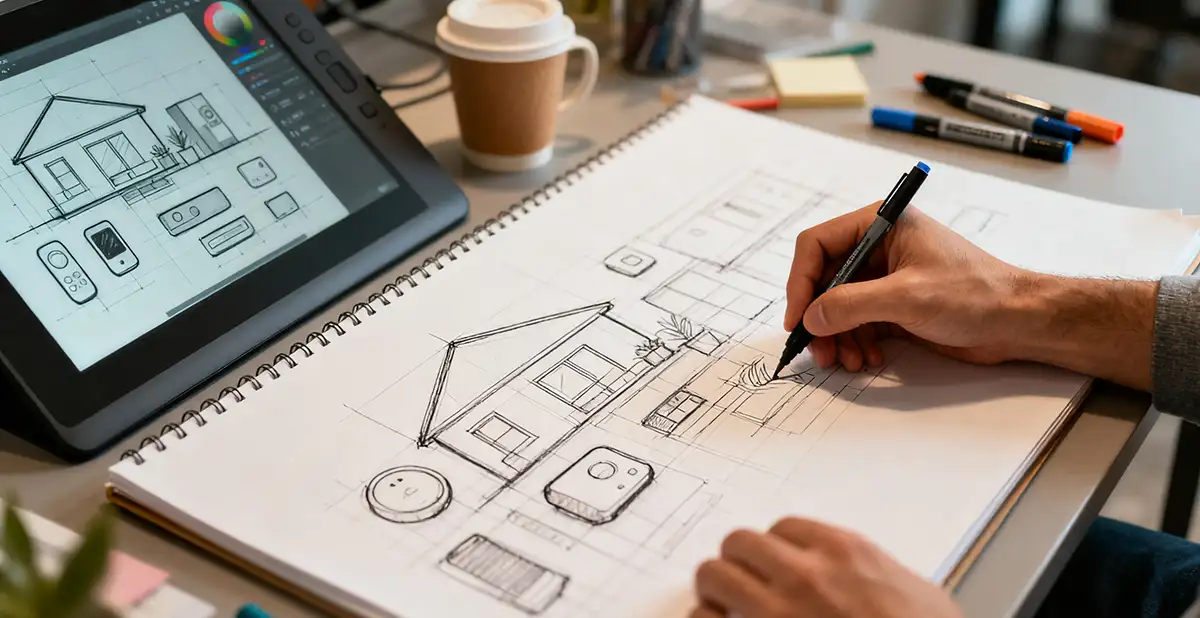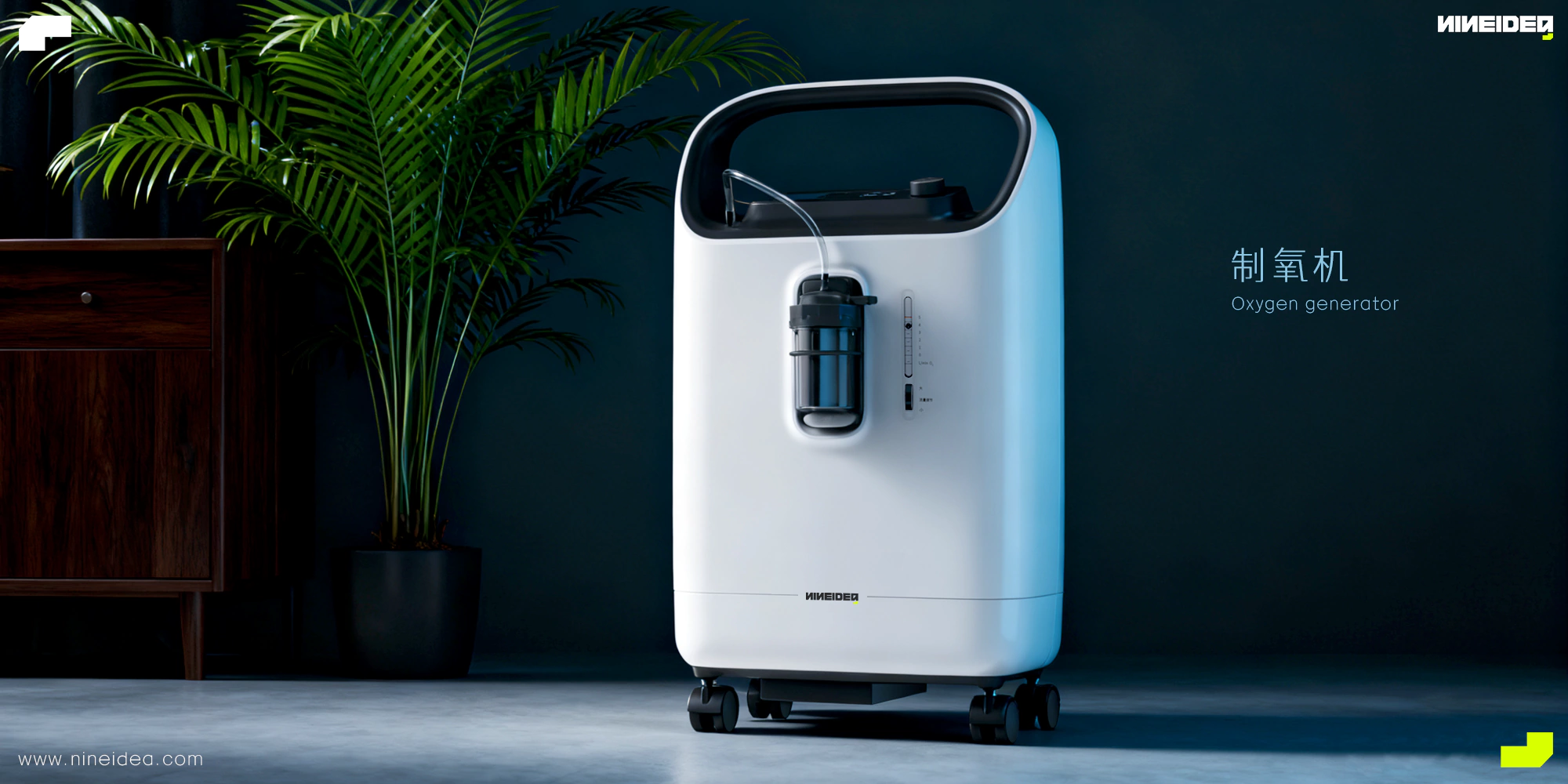NINEIDEA:在科技飞速发展、消费需求不断升级的当下,工业设计行业迎来了前所未有的发展机遇。对于在这个行业打拼的工业设计打工人来说,未来既充满希望,也面临着诸多挑战。
一、行业发展带来的广阔前景
(一)科技推动创新发展 随着人工智能、大数据、虚拟现实、3D打印等新兴技术的不断涌现,工业设计领域正发生着深刻的变革。这些技术为设计师提供了更多的创新工具和方法,使得产品的设计和制造更加高效、精准和个性化。 以人工智能为例,它可以帮助设计师进行数据分析和预测,了解用户需求和市场趋势,从而为产品设计提供更有针对性的方向。同时,人工智能还可以实现设计方案的自动化生成和优化,提高设计效率和质量。3D打印技术则打破了传统制造工艺的限制,使得设计师能够快速制作出产品原型,验证设计想法,加速产品的研发周期。 对于工业设计打工人来说,掌握这些新兴技术将成为未来职业发展的关键。具备跨学科知识和技能的设计师将更受市场青睐,他们能够将科技与设计完美结合,创造出更具创新性和竞争力的产品。
(二)消费升级催生多元化需求 随着人们生活水平的提高和消费观念的转变,消费者对产品的需求不再仅仅局限于功能层面,更加注重产品的外观设计、用户体验和情感价值。这为工业设计行业带来了广阔的市场空间。 消费者对于个性化、定制化产品的需求日益增长,工业设计师需要根据不同消费者的喜好和需求,设计出具有独特个性的产品。同时,随着环保意识的增强,消费者对环保、可持续的产品也越来越关注,设计师需要在产品设计中融入环保理念,采用可持续材料和工艺,推动产品的绿色发展。 在这样的市场环境下,工业设计打工人有更多的机会展示自己的才华和创意,满足消费者多元化的需求,从而实现自身的职业价值。
(三)产业融合创造新机遇 工业设计与其他产业的融合发展趋势日益明显,如与制造业、互联网、文化创意产业等的融合。这种产业融合不仅为工业设计带来了新的发展机遇,也拓展了设计师的职业发展路径。 在制造业领域,工业设计可以提升产品的附加值和竞争力,促进制造业的转型升级。设计师可以与工程师、制造商紧密合作,从产品的概念设计到生产制造的全过程进行参与,确保产品的设计与制造的完美结合。在互联网领域,工业设计可以提升用户体验,打造具有吸引力的产品界面和交互方式。设计师可以与互联网企业合作,参与产品的设计和开发,为用户提供更加优质的服务。在文化创意产业领域,工业设计可以将文化元素与产品设计相结合,创造出具有文化内涵和艺术价值的产品。设计师可以与文化机构、艺术家合作,挖掘文化资源,将文化元素融入到产品设计中,推动文化创意产业的发展。
二、面临的挑战与应对策略
(一)竞争压力增大 随着工业设计行业的发展,越来越多的人选择进入这个领域,导致行业竞争日益激烈。工业设计打工人需要不断提升自己的专业能力和综合素质,以在激烈的竞争中脱颖而出。 设计师需要不断学习和掌握新的设计理念、方法和技术,提高自己的设计水平。同时,还需要注重培养自己的创新能力、沟通能力和团队协作能力,以更好地适应市场的需求。此外,建立自己的个人品牌和口碑也是非常重要的,通过参加设计比赛、发表设计作品等方式,提高自己的知名度和影响力。
(二)知识更新换代快 科技的快速发展使得工业设计领域的知识和技术不断更新换代。工业设计打工人需要保持学习的热情和积极性,不断更新自己的知识体系,以跟上时代的步伐。 设计师可以通过参加培训课程、研讨会、学术交流等方式,了解行业的最新动态和发展趋势,学习新的设计理念和技术。同时,还可以关注行业内的优秀设计师和设计作品,从中汲取灵感和经验。此外,利用互联网资源,如在线课程、设计论坛等,也是一种便捷的学习方式。
(三)工作压力与职业发展瓶颈,工业设计工作往往面临着较大的工作压力,如项目周期短、任务重、客户要求高等。长期处于这种工作状态下,容易导致设计师产生职业倦怠和心理压力。同时,随着工作经验的积累,设计师可能会遇到职业发展瓶颈,难以实现进一步的突破。 为了应对工作压力,设计师需要学会合理安排工作时间,提高工作效率,同时注重身心健康,保持良好的生活习惯。在面对职业发展瓶颈时,设计师可以通过自我反思和职业规划,明确自己的发展方向和目标。可以考虑进一步深造,如攻读硕士学位或参加专业培训课程,提升自己的学历和专业水平。也可以尝试跨领域发展,拓展自己的职业视野和发展空间。
三、未来展望 总体而言,工业设计行业的未来前景十分广阔,对于在这个行业打拼的打工人来说,充满了机遇和挑战。
只要能够不断提升自己的专业能力和综合素质,积极应对挑战,抓住机遇,就一定能够在这个行业中实现自己的职业梦想。 未来,工业设计将更加注重用户体验和情感价值的传递,设计师需要更加深入地了解用户需求,运用设计手段为用户创造出更加美好的生活体验。同时,随着科技的不断进步,工业设计将与更多的领域进行融合,创造出更多具有创新性和前瞻性的产品和服务。 工业设计打工人将在推动行业发展、促进社会进步的过程中发挥重要作用。他们将用自己的智慧和创意,为人们带来更加优质、美好的产品和生活方式。
只要保持对设计的热爱和追求,不断努力学习和创新,设计打工人的未来必将一片光明。
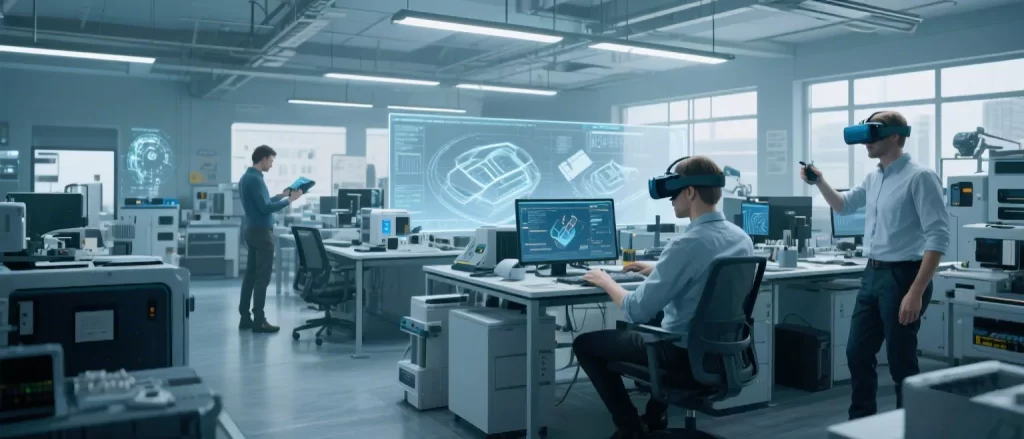
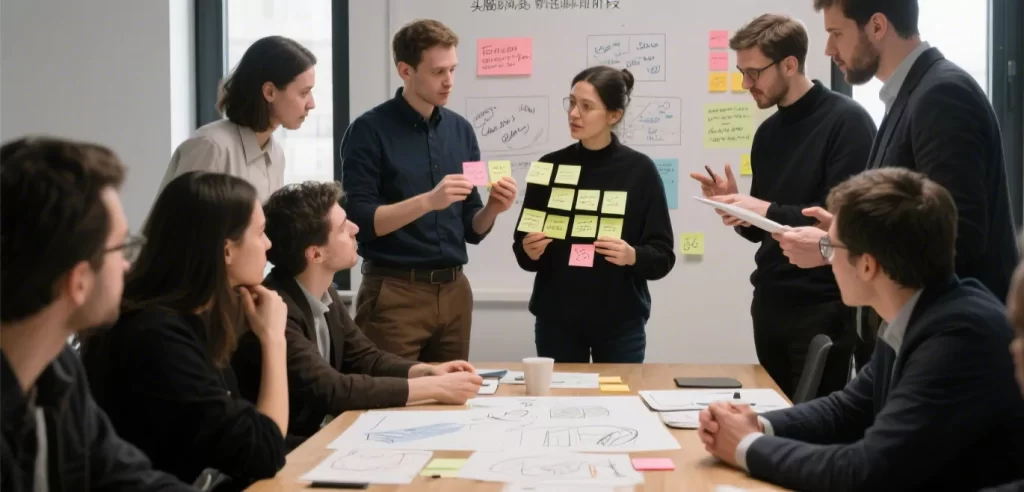
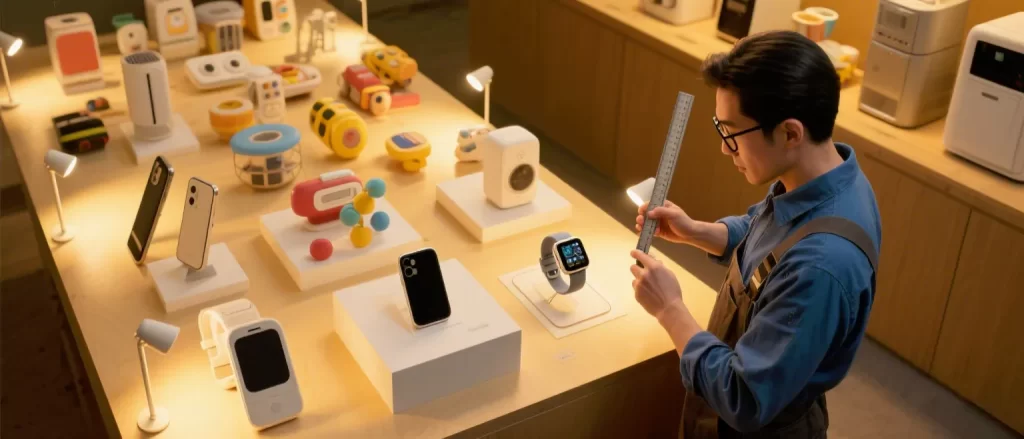

The Future Prospects of Industrial Design Workers: Opportunities and Challenges Coexist
NINEIDEA: With the rapid development of science and technology and the continuous upgrading of consumer demand, the industrial design industry has ushered in an unprecedented development opportunity. For industrial design workers who are striving in this industry, the future is both hopeful and facing many challenges.
1、 The broad prospects brought by industry development
(1) Technology drives innovation and development. With the continuous emergence of emerging technologies such as artificial intelligence, big data, virtual reality, and 3D printing, the field of industrial design is undergoing profound changes. These technologies provide designers with more innovative tools and methods, making product design and manufacturing more efficient, precise, and personalized. Taking artificial intelligence as an example, it can help designers analyze and predict data, understand user needs and market trends, and provide more targeted directions for product design.
Meanwhile, artificial intelligence can also achieve automated generation and optimization of design schemes, improving design efficiency and quality. 3D printing technology breaks the limitations of traditional manufacturing processes, allowing designers to quickly create product prototypes, validate design ideas, and accelerate product development cycles. For industrial design workers, mastering these emerging technologies will be the key to their future career development. Designers with interdisciplinary knowledge and skills will be more favored by the market, as they can perfectly combine technology with design to create more innovative and competitive products.
(2) The upgrading of consumption has given rise to diversified demands. With the improvement of people’s living standards and the change of consumption concepts, consumers’ demands for products are no longer limited to the functional level, but pay more attention to the appearance design, user experience, and emotional value of products. This has brought a vast market space for the industrial design industry. Consumers’ demand for personalized and customized products is increasing day by day, and industrial designers need to design products with unique personalities based on the preferences and needs of different consumers. At the same time, with the increasing awareness of environmental protection, consumers are paying more and more attention to environmentally friendly and sustainable products.
Designers need to integrate environmental concepts into product design, use sustainable materials and processes, and promote the green development of products. In such a market environment, industrial design workers have more opportunities to showcase their talents and creativity, meet the diverse needs of consumers, and thus realize their professional value.
(3) Industrial integration creates new opportunities. The integration development trend of industrial design and other industries is increasingly obvious, such as integration with manufacturing, the Internet, cultural and creative industries, etc. This industrial integration not only brings new development opportunities for industrial design, but also expands the career development path of designers. In the manufacturing industry, industrial design can enhance the added value and competitiveness of products, promoting the transformation and upgrading of the manufacturing industry. Designers can work closely with engineers and manufacturers to participate in the entire process from conceptual design to production manufacturing, ensuring the perfect integration of product design and manufacturing.
In the field of the Internet, industrial design can improve the user experience and create attractive product interfaces and interaction methods. Designers can cooperate with Internet enterprises to participate in the design and development of products and provide users with better services. In the field of cultural and creative industries, industrial design can combine cultural elements with product design to create products with cultural connotations and artistic value. Designers can collaborate with cultural institutions and artists to explore cultural resources, integrate cultural elements into product design, and promote the development of cultural and creative industries.
2、 Challenges and coping strategies faced
(1) With the development of the industrial design industry, more and more people are choosing to enter this field, leading to increasingly fierce competition in the industry. Industrial design workers need to constantly improve their professional abilities and comprehensive qualities in order to stand out in fierce competition. Designers need to constantly learn and master new design concepts, methods, and techniques to improve their design skills.
At the same time, it is also necessary to focus on cultivating one’s innovation ability, communication ability, and teamwork ability to better adapt to market demands. In addition, establishing one’s own personal brand and reputation is also very important. By participating in design competitions, publishing design works, and other means, one can increase their visibility and influence.
(2) The rapid development of technology has led to the constant updating and upgrading of knowledge and technology in the field of industrial design. Industrial design workers need to maintain a passion and enthusiasm for learning, constantly update their knowledge system to keep up with the pace of the times. Designers can learn about the latest developments and trends in the industry, as well as new design concepts and technologies, by participating in training courses, seminars, academic exchanges, and other means.
At the same time, you can also pay attention to outstanding designers and design works in the industry, and draw inspiration and experience from them. In addition, using Internet resources, such as online courses and design forums, is also a convenient way to learn.
(3) Work pressure and career development bottleneck Industrial design work often faces significant work pressure, such as short project cycles, heavy tasks, and high customer requirements. Being in this work state for a long time can easily lead to designer burnout and psychological pressure. Meanwhile, with the accumulation of work experience, designers may encounter career development bottlenecks and find it difficult to achieve further breakthroughs. In order to cope with work pressure, designers need to learn to arrange work time reasonably, improve work efficiency, and pay attention to physical and mental health, while maintaining good living habits.
When facing career development bottlenecks, designers can clarify their development direction and goals through self reflection and career planning. You can consider further education, such as pursuing a master’s degree or participating in professional training courses, to enhance your academic and professional level. You can also try cross disciplinary development to broaden your career horizons and development space.
3、 Overall, the future prospects of the industrial design industry are very broad, and for those working in this industry, it is full of opportunities and challenges.
As long as one can continuously improve their professional abilities and comprehensive qualities, actively respond to challenges, and seize opportunities, they will definitely be able to achieve their career dreams in this industry. In the future, industrial design will pay more attention to the transmission of user experience and emotional value.
Designers need to have a deeper understanding of user needs and use design methods to create a better life experience for users. Meanwhile, with the continuous advancement of technology, industrial design will integrate with more fields, creating more innovative and forward-looking products and services. Industrial design workers will play an important role in promoting industry development and advancing social progress. They will use their wisdom and creativity to bring people higher quality and better products and lifestyles.
As long as one maintains a love and pursuit for design, constantly strives to learn and innovate, the future of design workers will be bright.













